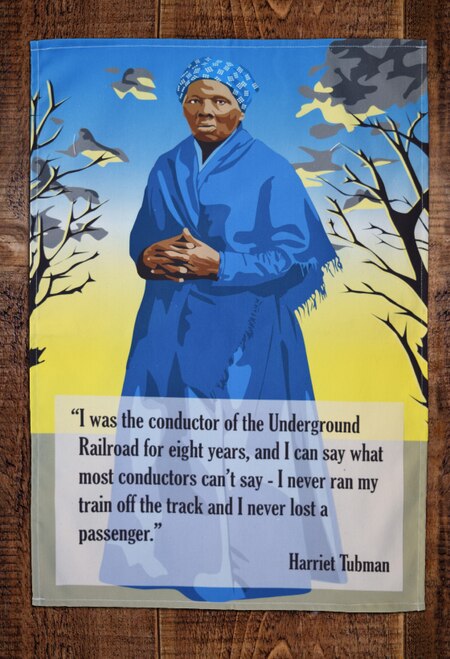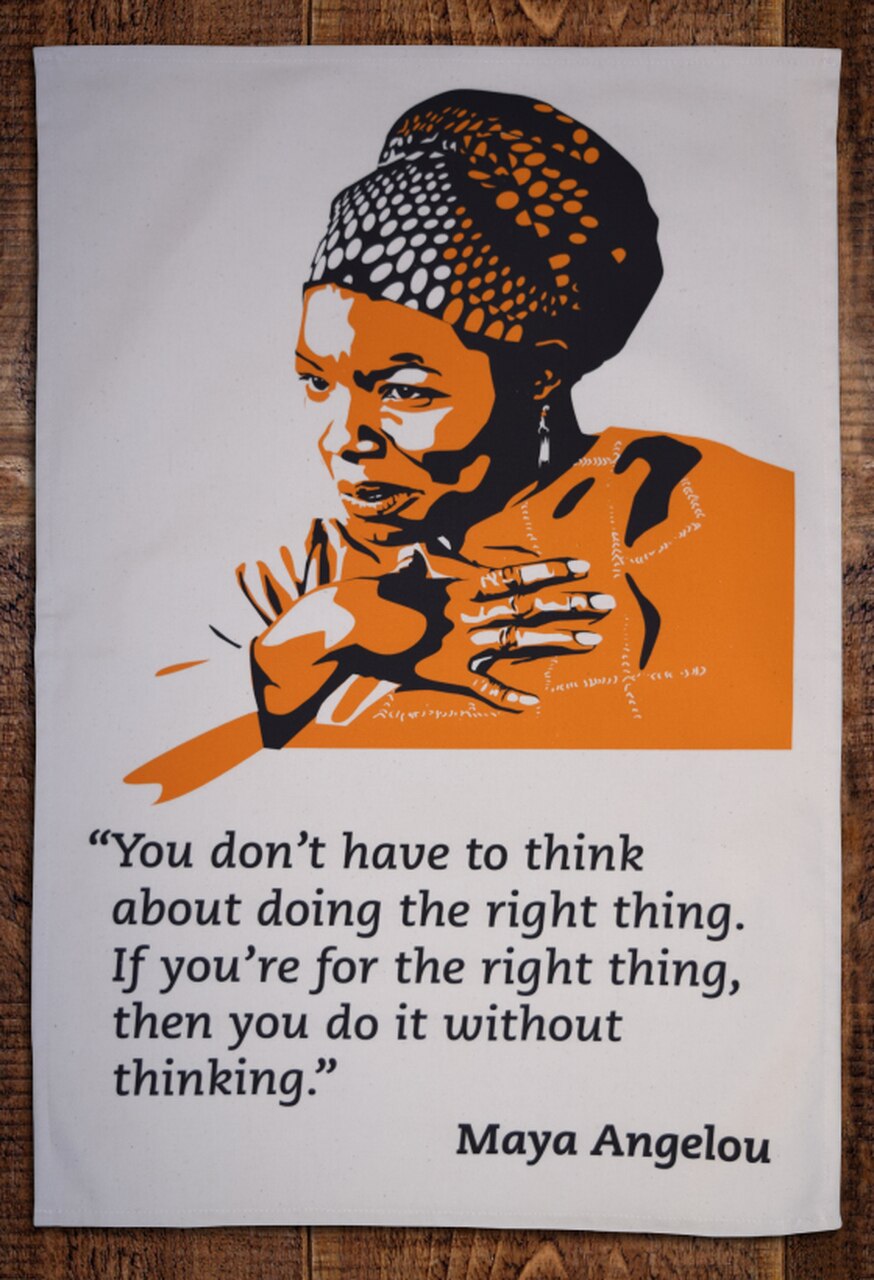Can we run a line of influence from the Incredible Hulk back through Superman all the way to…Koko the Clown? If we’re talking about rotoscoping we are.
Vox has returned with another fascinating mini-doc in their “Hollywouldn’t” series, exploring revolutionary film inventions created outside the main studio system.
If you don’t know rotoscoping as a word, you’ve no doubt seen it: essentially it is a way for animators to create more realistic movement by tracing over live action, one frame at a time.
The man who invented it was Max Fleischer, who also created Betty Boop and animated Segar’s Popeye and Superman. As the Vox doc shows, Fleischer saw that early animation was stiff and lacking in realism, and so he invented a device to project a live action frame of film onto the back of a glass drawing board so a figure could be traced. With his brother Dave dressed up and filmed as Koko the Clown, Fleischer was able to bring an uncanny realism to his “Out of the Inkwell” cartoons, as Koko moved just like a human (when he needed to do so), a feat that attracted the attention of the New York Times and others.
Fleischer was constantly pushing the technique. Not satisfied with realism, he used footage of singer/band leader Cab Calloway and turned him into a dancing walrus. Whatever the transformation, Calloway’s moonwalking, slinky gate is maintained, and the Betty Boop cartoon from which it hails, “Minnie the Moocher,” along with its sequel “Snow White,” are two of the weirdest, spookiest bits of animation out there still to this day.
You can see more rotoscoping in the subsequent color “Superman” cartoons and the realistic Gulliver’s Travels, which would go on to bankrupt the studio.
Disney would use rotoscoping in Snow White and the Seven Dwarves and all subsequent Disney princesses of the classic era were animated in part from live action sources.
Experimental animators used rotoscoping to all different effects, not always wanting to attempt realism. Ralph Bakshi used some very odd rotoscoping in sections of his animated Lord of the Rings feature and American Pop, and strangely, as he got closer to realism, the faker and more lethargic it looked. Once computer graphics entered the picture, rotoscoping took a back seat, but motion capture is a three-dimensional version of the concept, essentially overlaying computer animation on a filmed actor.
However, a form of rotoscoping can be seen in Richard Linklater’s Waking Life and A Scanner Darkly, where, assisted by computers to do most of the hard work, it was christened Rotoshop by animator and MIT scientist Bob Sabiston.
And to bring it all back home to your pocket, the video filters on your phone that can turn your face into a dog or a wizard or a glamor model…that all started just over a century ago by one plucky inventor and his brother, dressed as a clown.
Related Content:
The Original 1940s Superman Cartoon: Watch 17 Classic Episodes Free Online
The Harlem Jazz Singer Who Inspired Betty Boop: Meet the Original Boop-Oop-a-Doop, “Baby Esther”
Why Cartoon Characters Wear Gloves: A Curious Trip Through the History of Animation
Tom Waits For No One: Watch the Pioneering Animated Tom Waits Music Video from 1979
Free Animated Films: From Classic to Modern
Ted Mills is a freelance writer on the arts who currently hosts the artist interview-based FunkZone Podcast and is the producer of KCRW’s Curious Coast. You can also follow him on Twitter at @tedmills, read his other arts writing at tedmills.com and/or watch his films here.
























